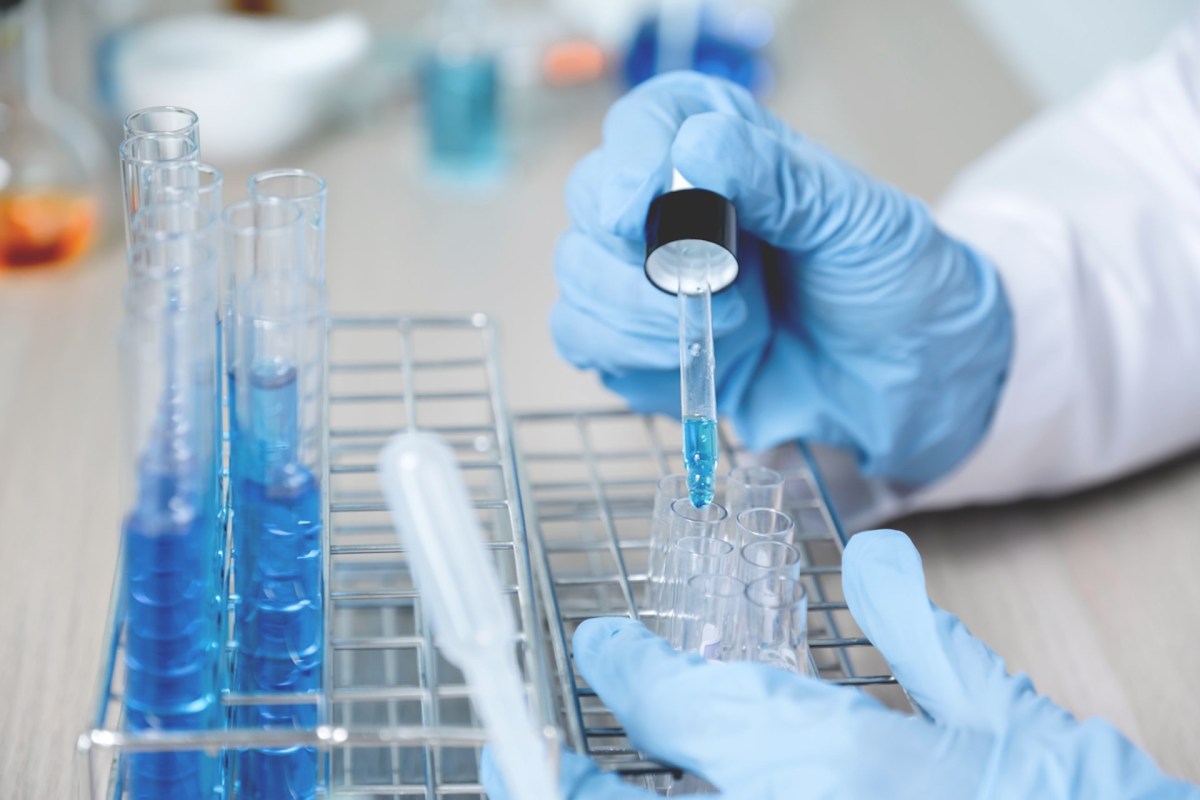The creation process behind a potential plastic substitute is a little technical, perhaps even "compleximer."
That's what Sophie van Lange, a doctoral candidate at Wageningen University & Research in the Netherlands, dubbed her creation. It's made partly by mixing a yellow and white powder in a solution and then subjecting it to high heat and force, according to a research summary from Phys.org. It gets more complex from there.
The goal of the work is to create a plastic that is both hard and recyclable, an elusive combination for many of the products we use each day. The United Nations Environment Programme estimates that humans produce nearly 441 million tons of plastic waste annually, and it is spreading to every depth and peak of our planet. In the United States, only about 5% of plastic is recycled, per a Greenpeace report. Confusion with the recycling process is a part of the problem.
"Plastic is … incorporated in the shoes on my feet and the glasses on my nose," Van Lange said in the Phys.org story. "You can take old items to a recycling point, but hardly anyone knows exactly what happens to them afterward."
Our plastic waste's fate, while an afterthought following its disposal, is long-lasting. The U.N. reports that it takes up to 500 years for plastics to decompose.
That's why Van Lange's work is promising. In the lab, she is using electrostatic forces, ionic bonds, charged polymers, and other expert processes to make a better material.
Traditional plastics are made with strong molecular chains and "chemical cross-links" that the Phys.org report notes make them hard to recycle. Van Lange, in part, removed the cross-links, per the research report.
That was made possible through charged attraction.
"Half of the chains that make up our plastic are positively charged. The other half is negatively charged," Van Lange said in the story.
When they are close, they act like magnets, with attraction force. Phys.org reported that this force keeps the chains together without cross-links. Heat also weakens the bonds, allowing for the material to be recycled.
TCD Picks » Upway Spotlight

"This enables the plastic to be reused or, for example, to repair a hole or other damage in the plastic with heat," Van Lange said.
The team has created about 3 grams of the plastic substitute to date. As a plus, it seems to hold up when exposed to water, evidenced by a shoe sole made from the plastic that survived a puddle.
"Charged material is almost always sensitive to water, so achieving this is very special," Van Lange said in the Phys.org story, adding that the secret was cracking the natural attraction of positive-negative particles.
"The innovation lies in sufficiently weakening that charge," she said about preventing a brittle material that doesn't respond to heat.
Compleximer isn't yet ready for market. The team wants to add rubber-like qualities to it. But Van Lange told Phys.org that it's a start to a better plastic. She hopes other researchers will continue the search for more sustainable plastics, as well.
"How great would it be if we could process all plastics sustainably," Van Lange said to Phys.org.
Join our free newsletter for weekly updates on the coolest innovations improving our lives and saving our planet.














